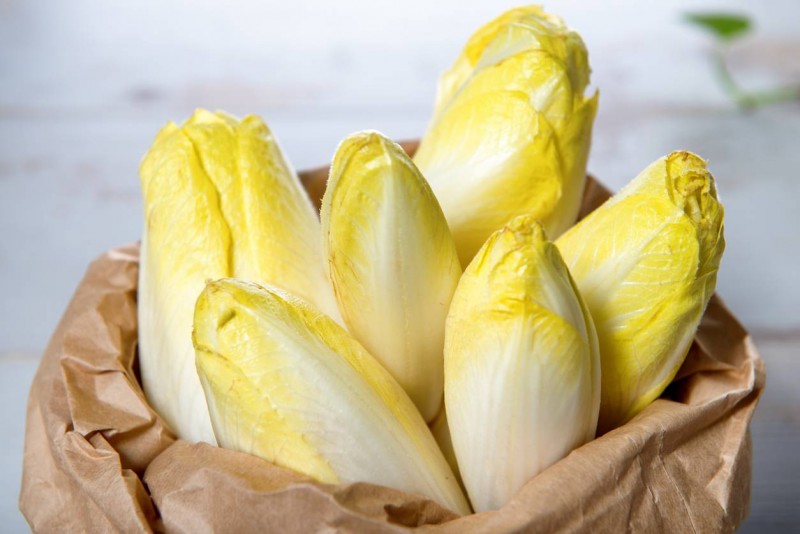
Are you curious about endive and its potential health benefits? Maybe you've heard conflicting information about its consumption. In this article, we'll delve into the world of endive, exploring its medical uses, potential dangers, and more. From its nutritional value to precautions to consider, we'll cover it all in a comprehensive manner.
Endive, a leafy green vegetable with a slightly bitter taste, has gained popularity as a nutritious addition to salads and various dishes. But what are its potential health benefits, and should you be cautious about its consumption?
Endive belongs to the chicory family and comes in two main varieties: curly endive (frisée) and Belgian endive (witloof). Curly endive has curly, jagged leaves with a pleasantly bitter taste, while Belgian endive boasts pale leaves and a milder flavor due to its cultivation in darkness. Both varieties offer a unique crunch and are rich in vitamins and minerals.
This vegetable is a nutritional powerhouse, containing essential vitamins like vitamin A, vitamin K, and folate, which play vital roles in supporting vision, blood clotting, and cell division. Additionally, endive provides dietary fiber that promotes a healthy digestive system and can aid in weight management.
Endive's fiber content supports a healthy digestive tract by promoting regular bowel movements and preventing constipation. It also acts as a prebiotic, nourishing beneficial gut bacteria that contribute to overall gut health.
The presence of inulin in endive can be beneficial for individuals with diabetes. Inulin is a type of soluble fiber that helps regulate blood sugar levels by slowing down the absorption of glucose in the intestines.
Rich in vitamin K, endive contributes to bone health by aiding in calcium absorption and supporting bone mineralization. Including endive in your diet may help prevent bone-related issues over time.
Incorporating endive into your meals is easy and versatile. You can add it to salads, sauté it with other vegetables, or even use it as a crisp, refreshing wrap for various fillings.
While endive offers numerous health benefits, it's important to be aware of potential risks and dangers associated with its consumption.
Some individuals may be allergic to endive or other vegetables in the same family. If you experience symptoms like itching, swelling, or difficulty breathing after consuming endive, seek medical attention.
Endive might interact with certain medications, especially blood thinners. If you're taking medications, consult your healthcare provider before adding large amounts of endive to your diet.
The high fiber content in endive can cause gastrointestinal discomfort, such as bloating or gas, in some individuals. Gradually introducing endive into your diet can help mitigate these effects.
Endive can be enjoyed in various ways. To reduce its bitterness, you can soak the leaves in cold water before using them. Sautéing, grilling, or using it in soups are all great methods to incorporate endive into your culinary creations.
Incorporating endive into your diet can offer a range of health benefits, from promoting digestive health to supporting bone strength. However, it's important to consume it in moderation and be mindful of potential allergies, interactions with medications, and gastrointestinal discomfort.
Which Scrubbing Bath Glove Is Best For You Between Loofah and Exfoliating?